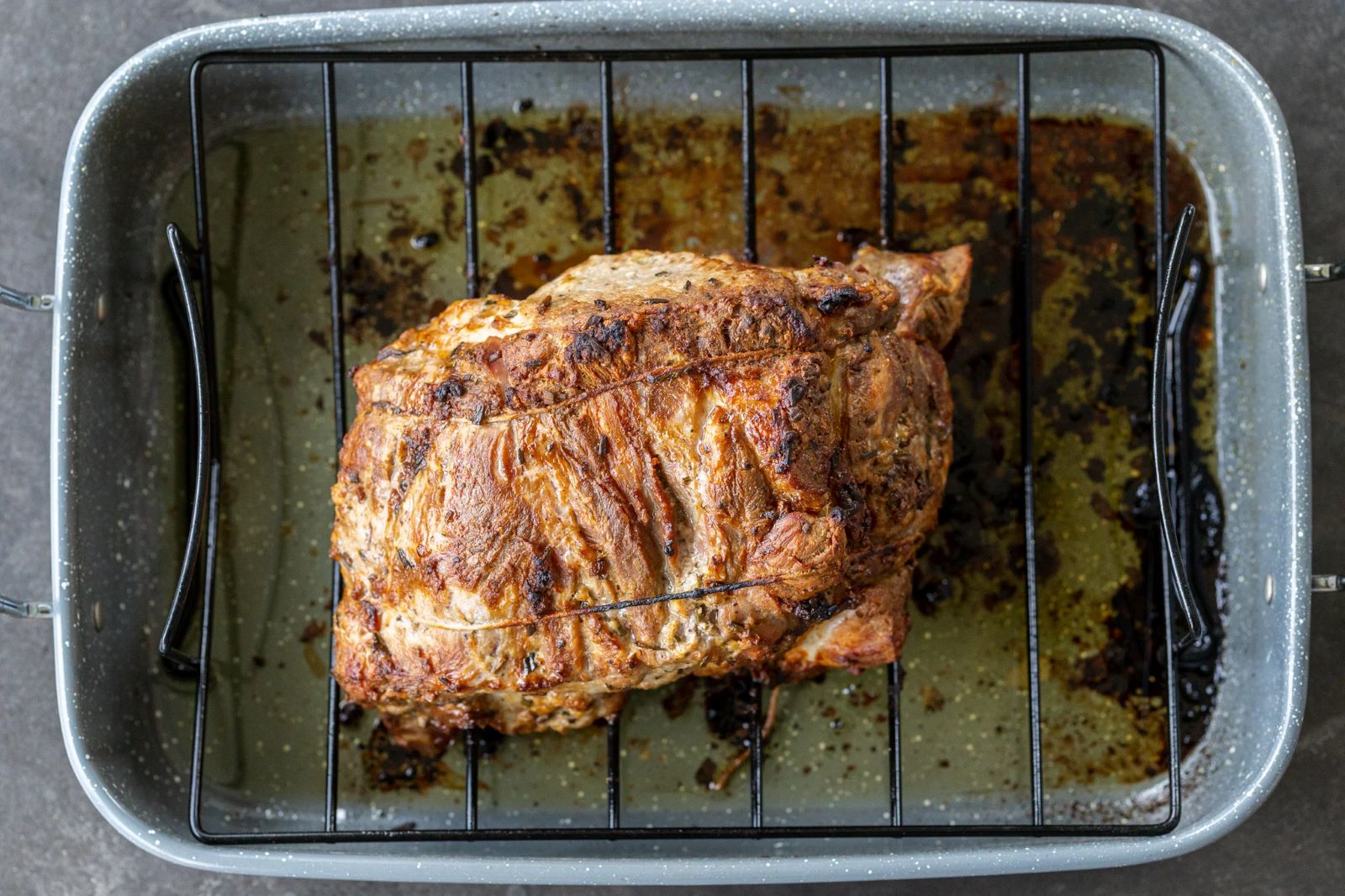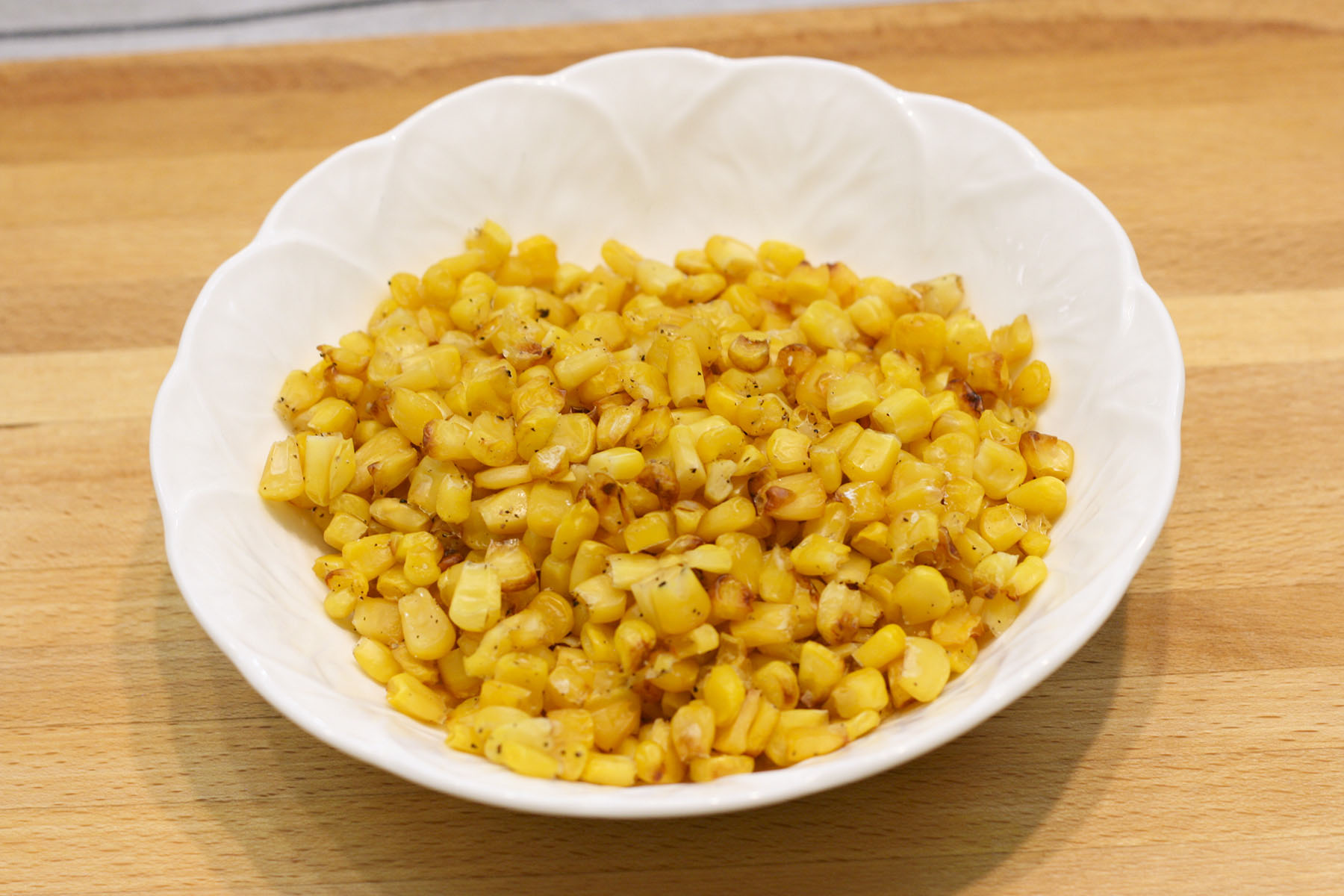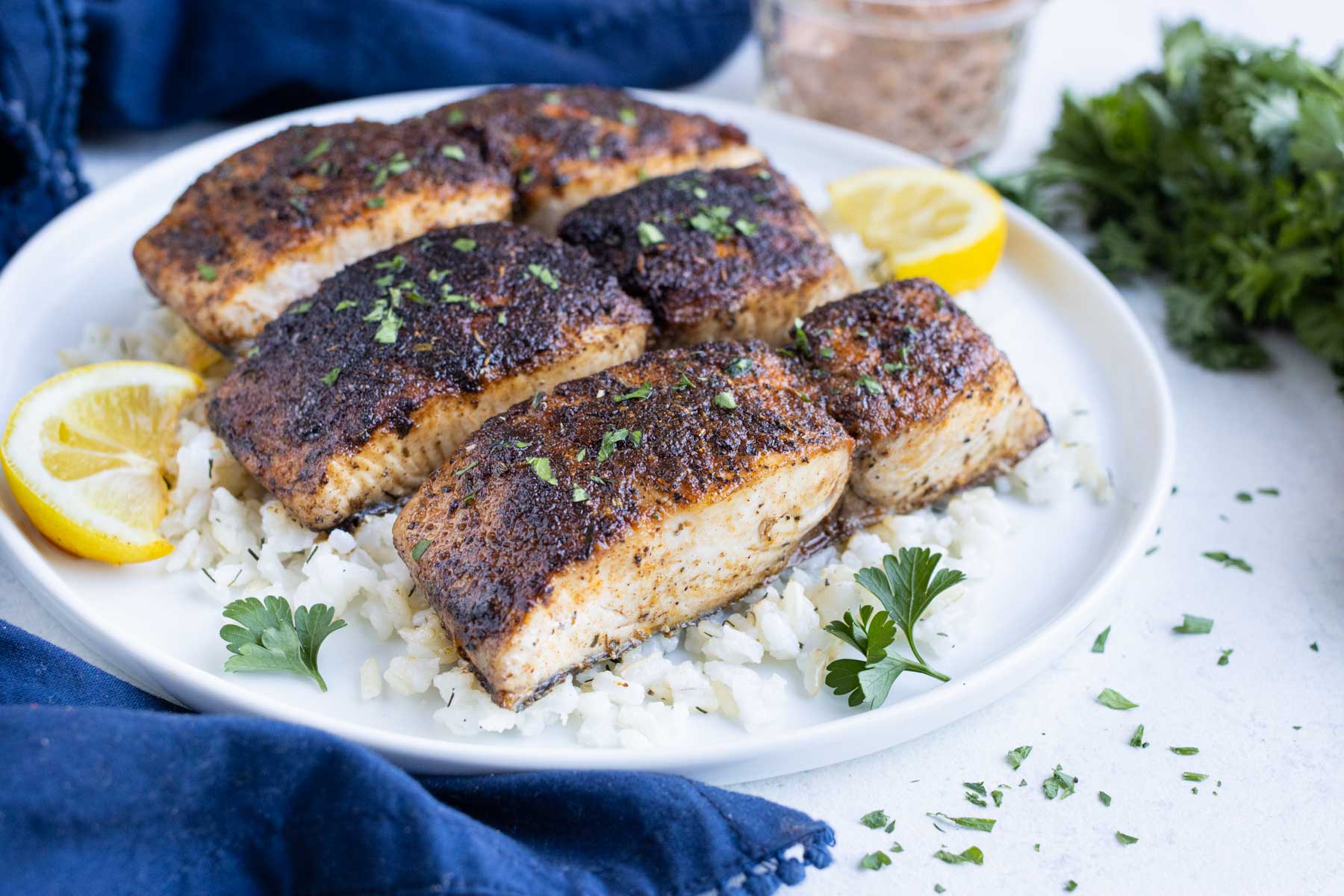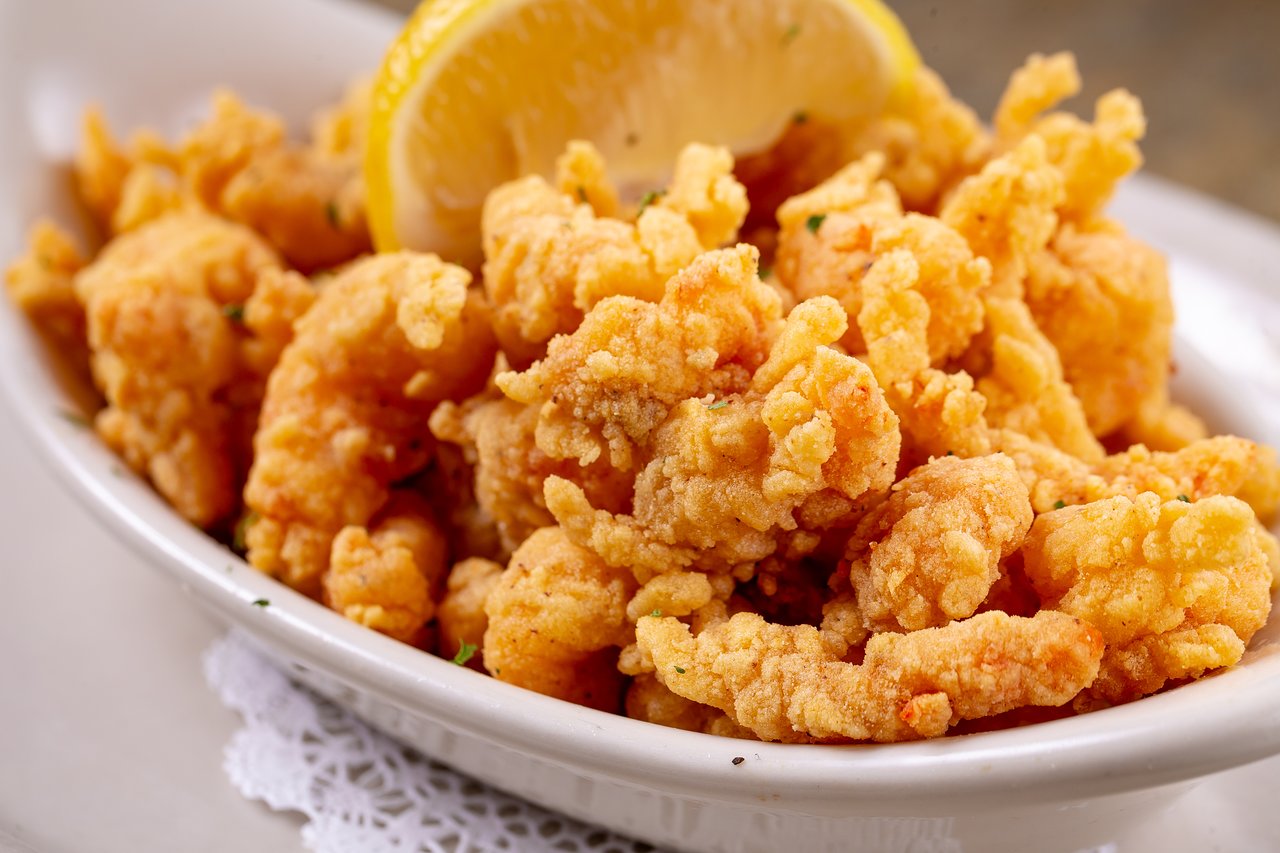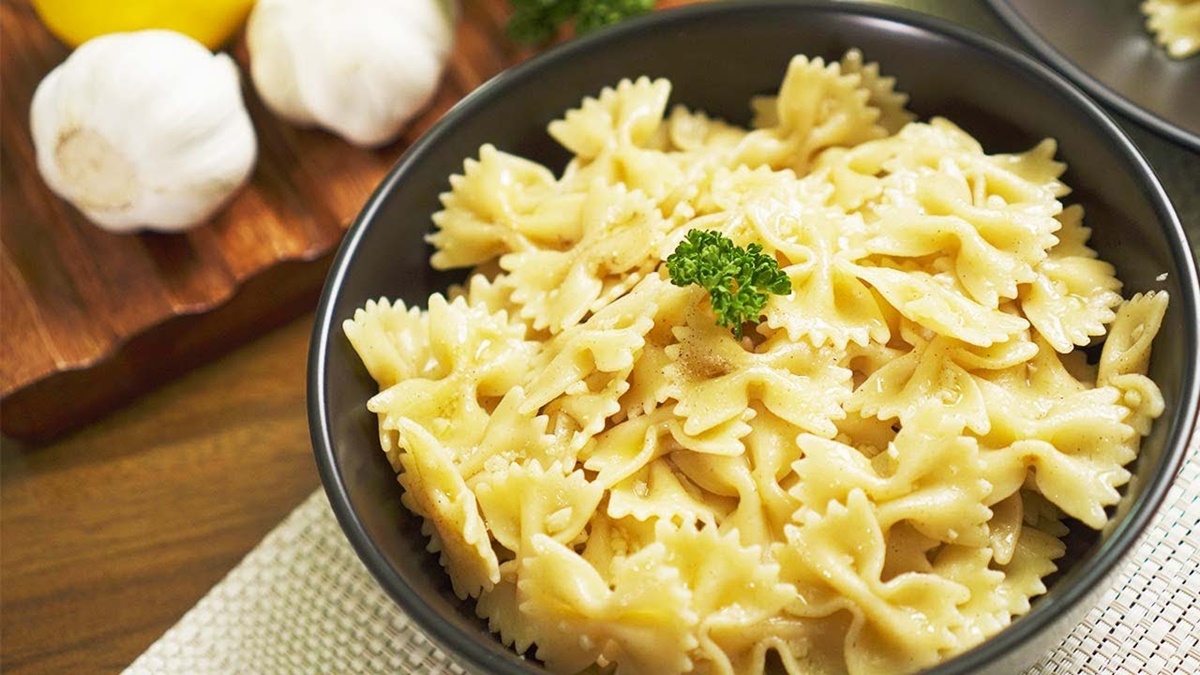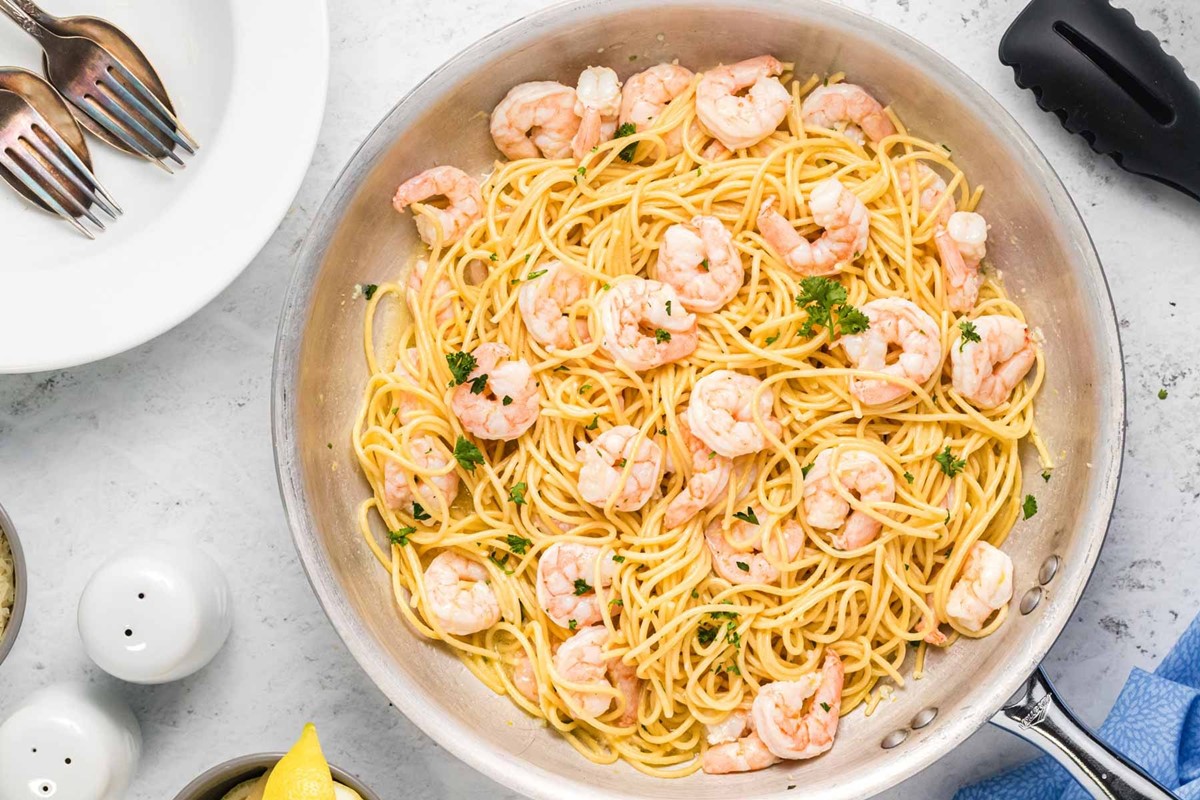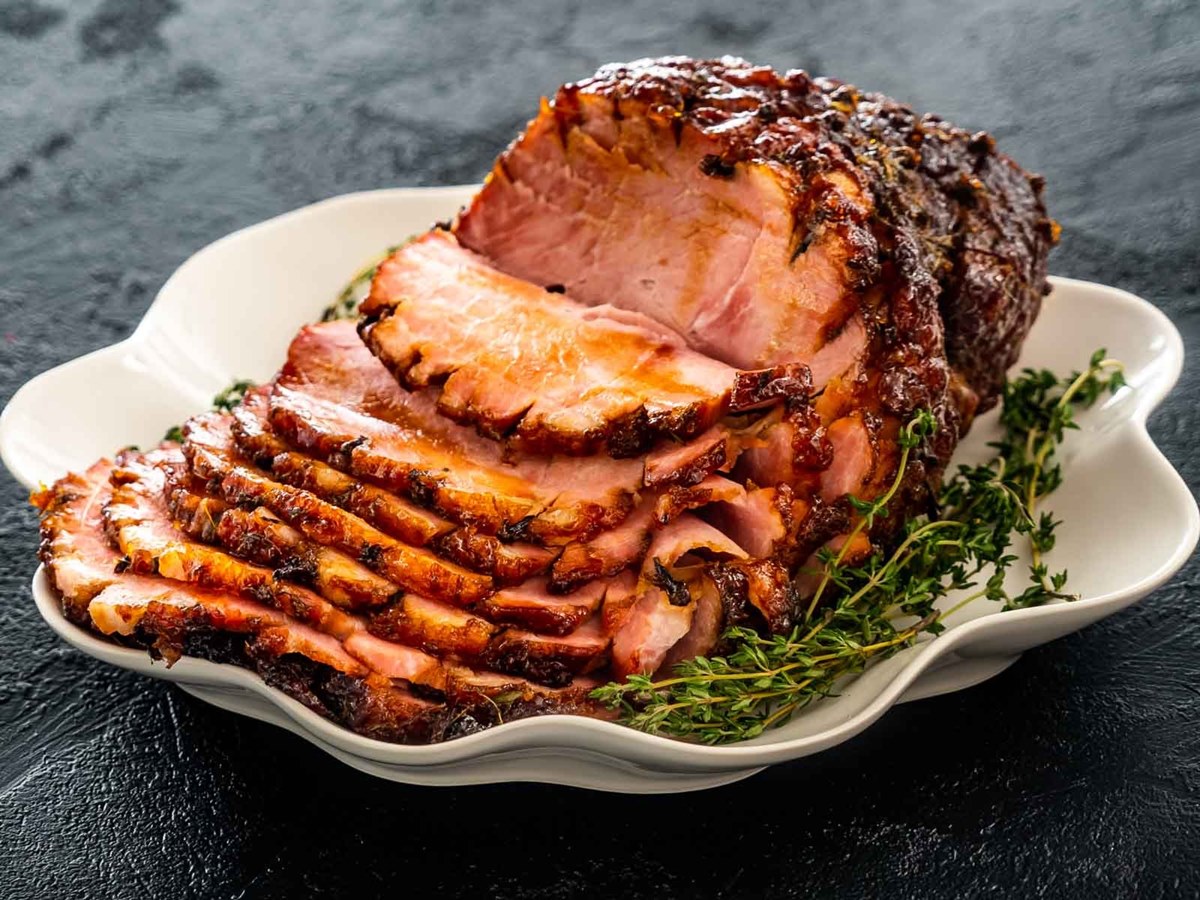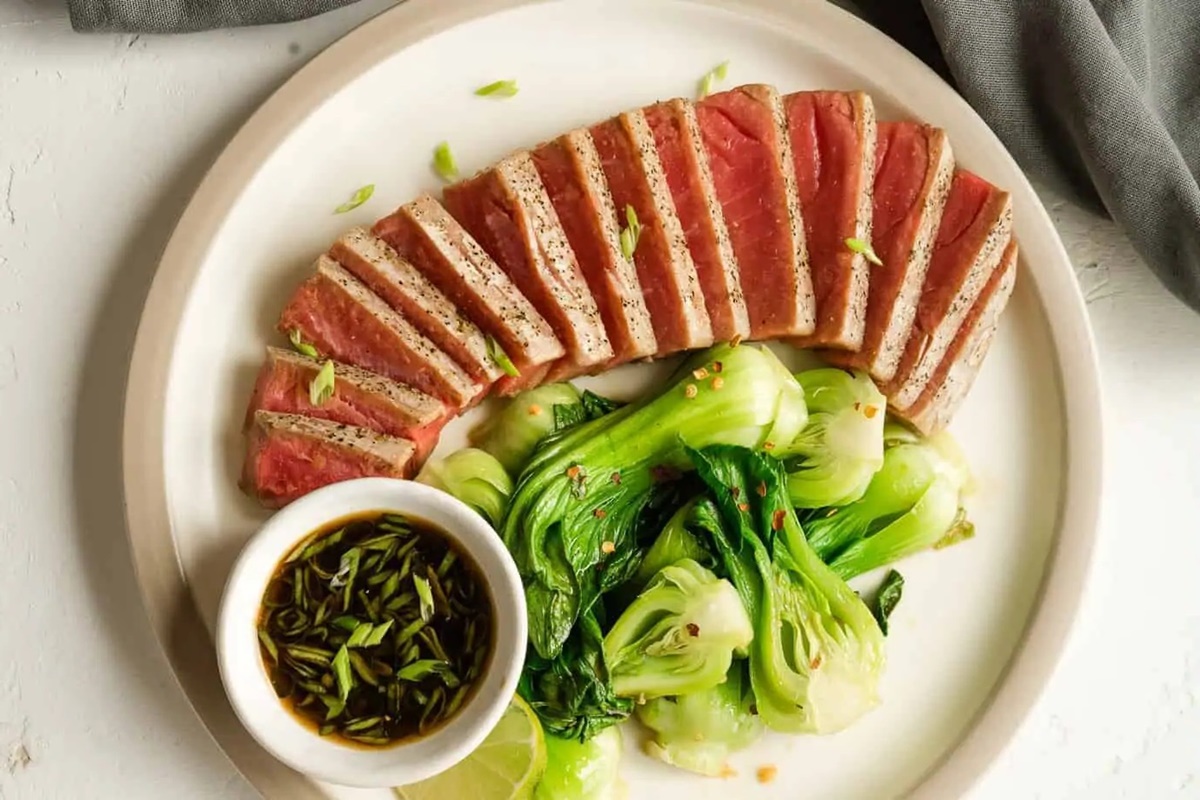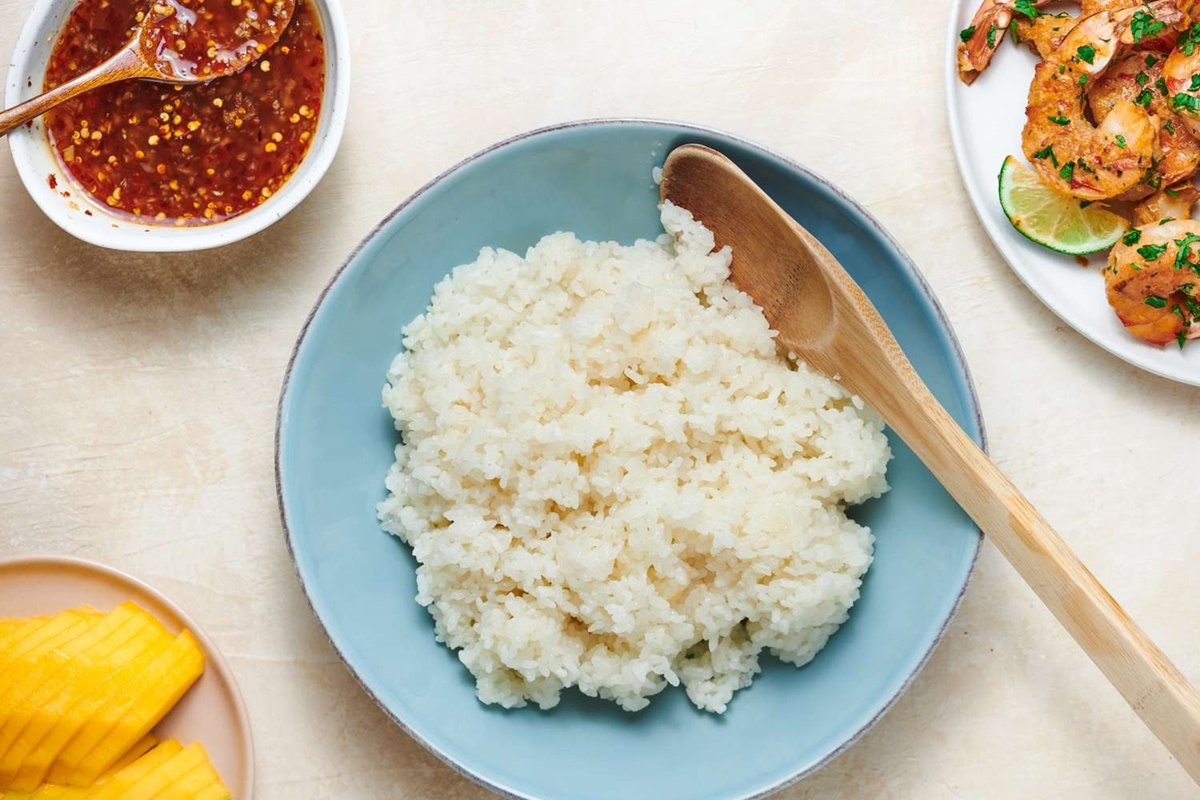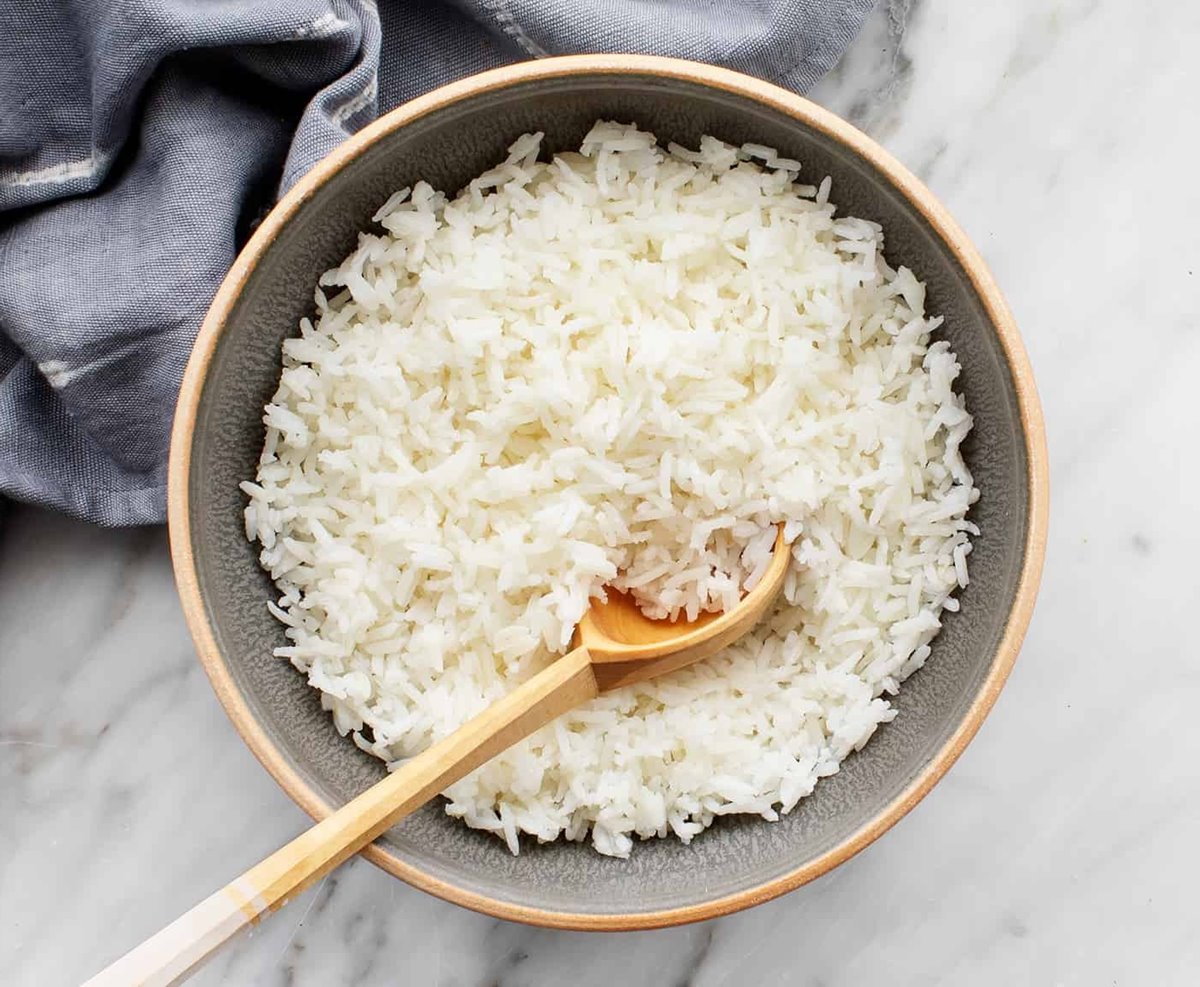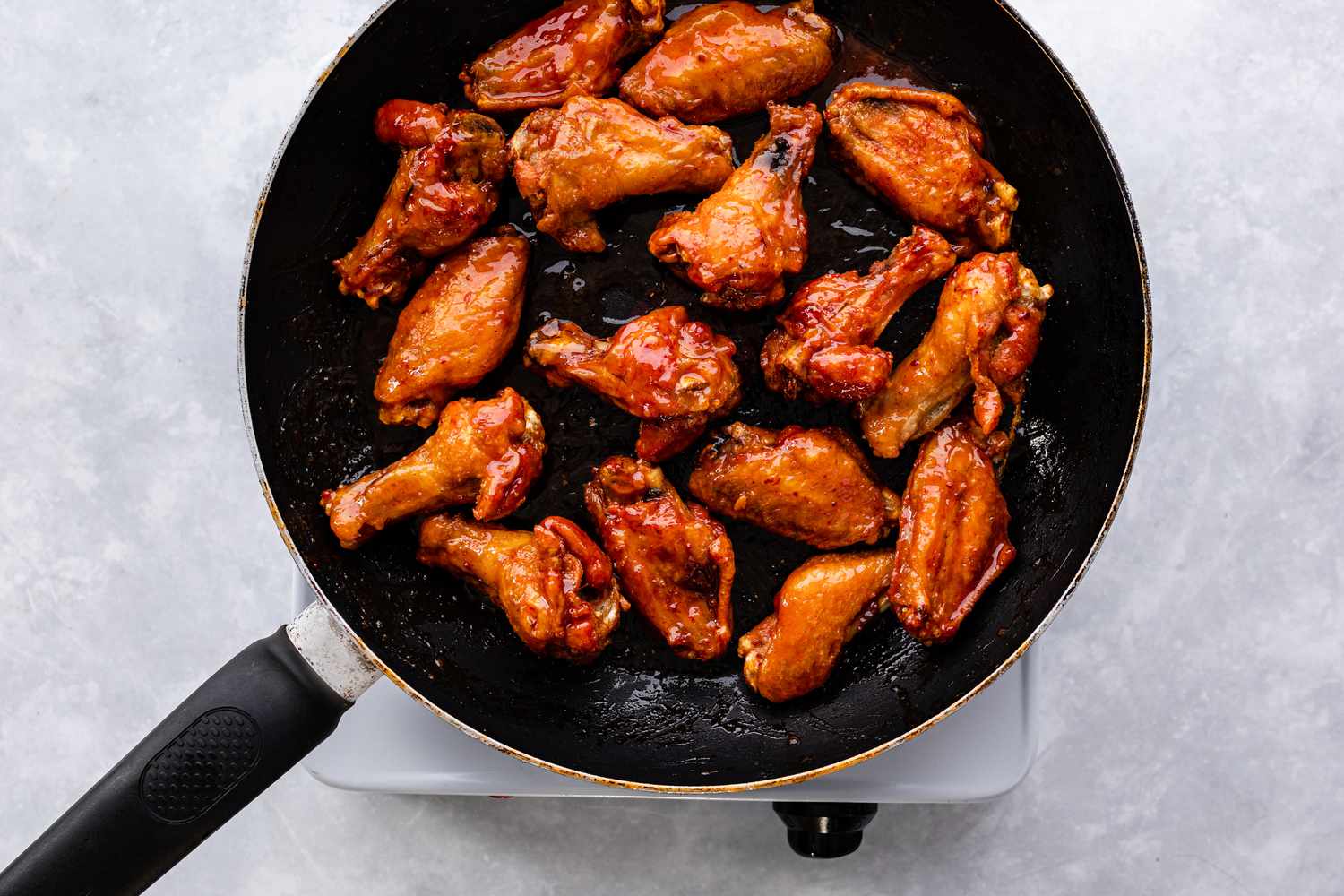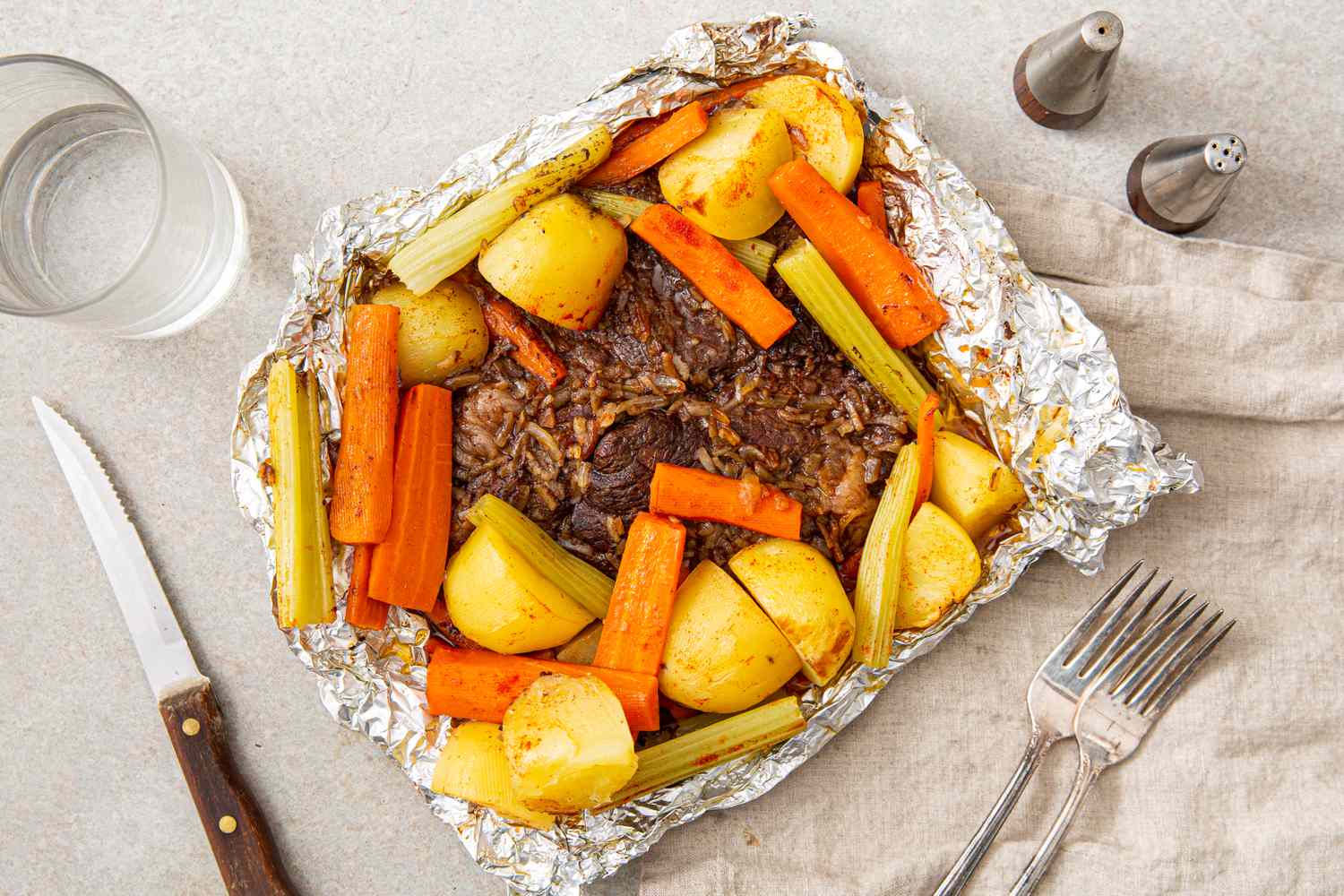Discover the Deliciousness of Turnip Bottoms
When it comes to cooking vegetables, most people focus on the tops and discard the bottoms. But did you know that turnip bottoms are not only edible but also incredibly delicious? These underrated gems are packed with flavor and have a tender texture that will impress even the pickiest eaters. In this article, we will uncover the secrets of cooking turnip bottoms to perfection.
1. Selecting and Preparing Turnip Bottoms
When choosing turnip bottoms, look for ones that are firm and free from any soft spots. The skin should be smooth and without blemishes. To prepare the turnip bottoms for cooking, start by trimming off the stems and roots. Give them a good wash under cold running water to remove any dirt or debris.
2. Roasting Turnip Bottoms to Enhance Their Flavors
One of the best ways to bring out the natural sweetness of turnip bottoms is by roasting them. Preheat your oven to 400°F (200°C). Place the cleaned turnip bottoms on a baking sheet and drizzle them with olive oil. Season with salt, pepper, and any other herbs or spices of your choice. Toss them gently to ensure they are evenly coated. Roast for 25-30 minutes or until golden brown and tender. The roasted turnip bottoms will have a delightful caramelized flavor that pairs well with a variety of dishes.
3. Sautéing Turnip Bottoms for a Quick and Easy Side Dish
If you’re looking for a quicker cooking method, sautéing turnip bottoms is the way to go. Heat a skillet over medium heat and add some butter or oil. Once the fat is hot, add the turnip bottoms and cook for 8-10 minutes, stirring occasionally, until they are nicely browned and tender. You can add garlic, onions, or your favorite seasonings to elevate the flavor even more.
4. Turning Turnip Bottoms into a Scrumptious Soup
Another fantastic way to use turnip bottoms is by incorporating them into a savory soup. Start by sautéing some onions and garlic in a soup pot until translucent. Then, add diced turnip bottoms along with vegetable or chicken broth. Simmer for about 20-25 minutes until the turnip bottoms are soft and fully cooked. Use an immersion blender or a countertop blender to puree the soup until smooth. Finish it off with a drizzle of cream and a sprinkle of fresh herbs for a comforting and velvety soup.
5. Adding Turnip Bottoms to Your Favorite Stir-Fry
For a quick and nutritious stir-fry, give turnip bottoms a chance to shine. Slice them thinly and incorporate them into your favorite stir-fry recipe. The turnip bottoms will bring a unique texture and a hint of sweetness to the dish. Whether you’re cooking with tofu, chicken, or beef, the turnip bottoms will complement the flavors and add an extra layer of deliciousness.
6. Steaming Turnip Bottoms for a Healthy Side
If you prefer a lighter cooking method, steaming turnip bottoms is a healthy and simple option. Trim and wash them as usual, then place them in a steamer basket over boiling water. Steam for approximately 10-12 minutes or until fork-tender. Serve them as a side dish with a sprinkle of salt and a squeeze of lemon juice for a refreshing and nutritious addition to any meal.
The Versatility of Turnip Bottoms
As you can see, turnip bottoms are more than just an afterthought in the kitchen. They can be roasted, sautéed, turned into soup, added to stir-fries, or steamed to perfection. Experiment with different cooking methods and flavor combinations to find your favorite way of enjoying these delicious vegetables. Don’t let turnip bottoms go to waste – give them the spotlight they deserve in your next culinary creation!
